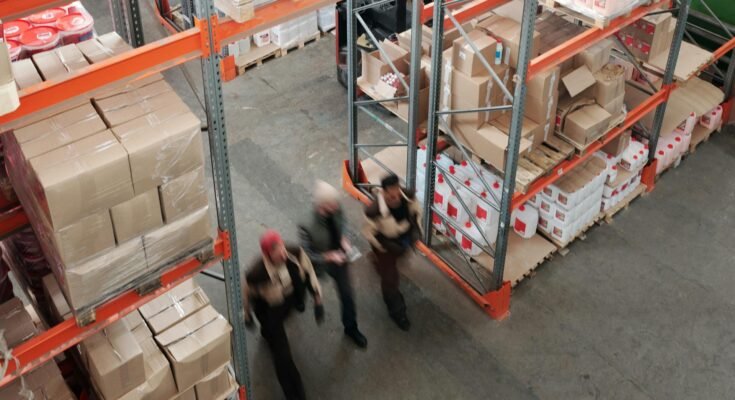You’re growing. Orders are flying in. The space feels smaller by the week. More shelves, more forklifts, more everything. But along with that growth comes a question you can’t ignore—how do you scale without burning through your power, your budget, or your team? The truth is, most warehouses don’t need a full overhaul. You don’t have to knock down walls or go full smart-factory mode. Often, the smallest changes bring the biggest wins. Like choosing better batteries for your machines.
Turns out, lithium ion forklift batteries work best when it comes to handling more while using less. That’s just one shift. Let’s talk about a few others.
The Energy Cost of Old Habits
You’ve probably seen it. Maybe you’re doing it right now. Machines are left on all day. Lights are on even in aisles no one’s walked through since morning. Fans are spinning full blast in a quiet corner of the warehouse.
You don’t do it on purpose. It just happens. Everyone’s focused on getting things done. But all those little things? They pile up. You don’t feel it at first, but the energy bill does.
And let’s not forget the forklifts. Still running on old-school lead-acid batteries. They work… until they don’t. Slow to charge. Heavy to maintain. They suck up time, energy, and patience.
The thing is, when your business starts to grow, those old habits scale right along with it. And that means more waste, more downtime, and more stress. If you’re not paying attention, growth can start costing more than it’s worth.
Smarter Equipment, Smarter Growth
You don’t need the latest tech from some shiny startup. But if something’s due for a replacement, why not choose better?
Let’s start with the basics. Forklifts. You use them all day. If they’re still running on outdated batteries, it’s probably slowing you down more than you think.
Here’s where it gets simple: lithium ion forklift batteries work best for warehouses that are picking up speed. They charge fast. They last longer. They don’t need water top-offs or long cool-down times. You just plug them in, power up, and go.
The less time your team spends swapping out dead batteries, the more time they spend getting things done. And that adds up. Big time. Upgrades don’t have to be dramatic. Just smarter.
Space and Layout Optimization
Ever walked through your warehouse and thought, “Why are we still doing it this way?”
Maybe the aisles are a little too tight. Maybe stuff’s stored too far from the loading dock. Maybe you’re zig-zagging forklifts through a maze that barely made sense five years ago.
You don’t always need more space. You need better use of the space you’ve got. Look up—are you using vertical space efficiently? Look around—are your shelves labeled right? Is inventory placed where it makes the most sense?
Now think about lighting. You probably don’t need it blazing in every corner, 24/7. LED bulbs use less power and last forever. Motion sensors? Even better. Let the lights turn on when someone’s there—and off when they’re not.
Little layout tweaks can make the day run smoother. Fewer steps. Less wasted motion. Less frustration. And yes, less power wasted too.
Empowering the Workforce with Better Tools and Training
Tech’s only part of the picture. People make it work—or not. Your team already knows the warehouse better than anyone. They hear the weird noises. They know which machines glitch out at the worst moments. But they need the tools and training to do something about it.
Show them how to spot problems early. Give them space to report issues without getting ignored. Remind them to shut things down when they’re not in use. Even better—make it easy. Labels on switches. Signs by machines. A quick daily checklist. None of this has to be fancy.
People care more when they feel trusted. So, trust them. And give them the tools to keep things running lean, not loud.
Conclusion
Scaling a warehouse doesn’t mean scaling the chaos. You can grow and still keep things efficient, calm, and under control. That doesn’t happen with just one big decision. It happens with a bunch of small ones that add up. Smarter layouts. Better habits. Equipment that pulls its weight. Teams that know what to look for and why it matters. Because growth should make things easier, not harder. The secret? Building toward efficient warehouse management—one small upgrade at a time.




